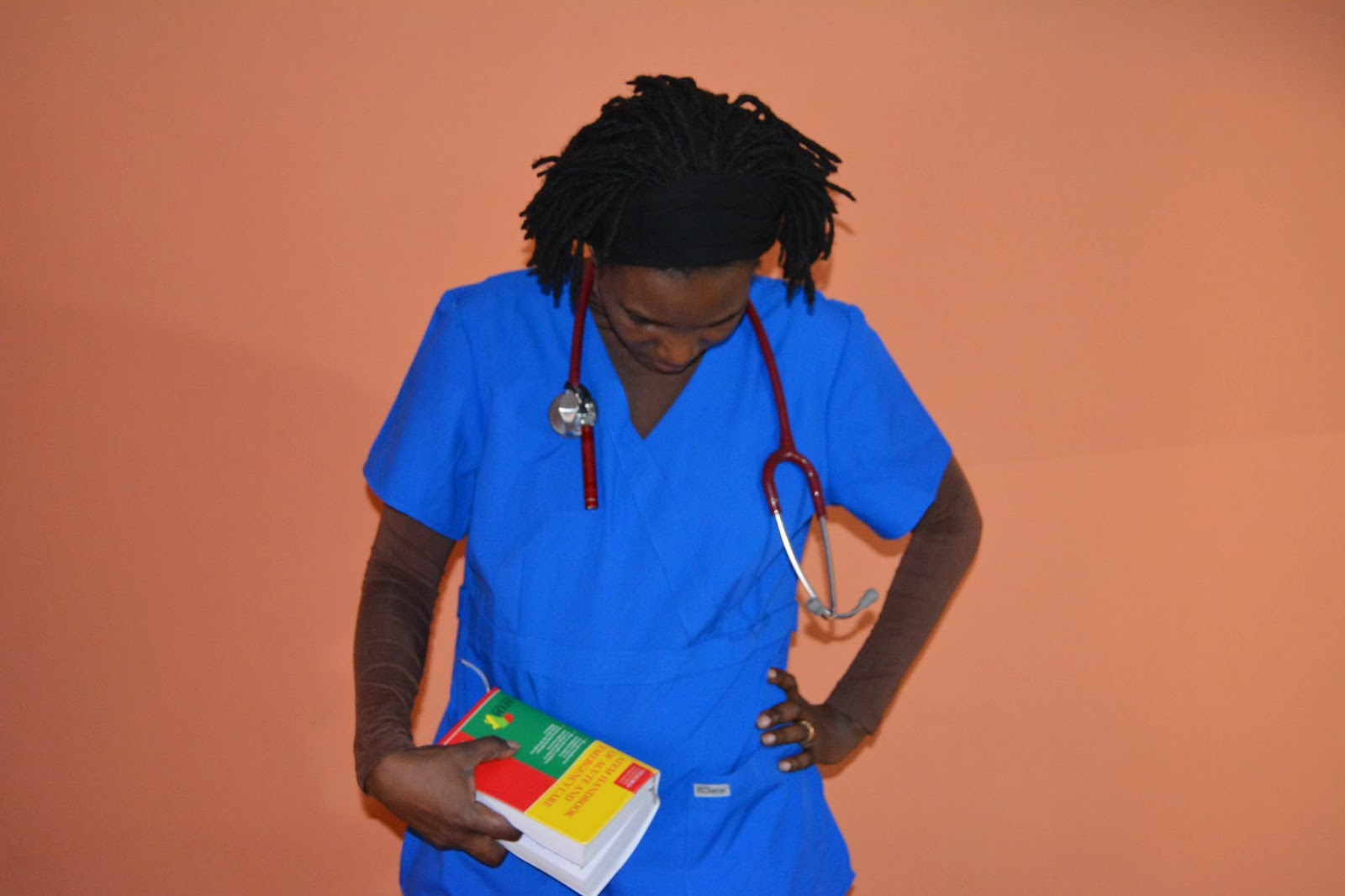"SLEEP
IN SAFETY"
(SOMNUS IN SALUTEM)
A Blog post dedicated to our Comrades-in-arms: Uganda's Anaesthesiologists
Uganda 2014:
Estimated
population: 36 million
Number
of Conventionally trained Anaesthesiologists: 43
Number
of Emergency Physicians: 0
Number of Emergency Medicine Enthusiasts in Uganda: Growing by the day
Many
Years in Waiting!!
After months of grueling planning and discussions, the details of which we may never know, a new chapter of patient care in Uganda was opened. The Association of Anesthesiologists of Uganda (AAU) and the Intensive Care Society of Uganda (ICSU) were both launched on the same day-22nd November 2014.
If you have never been to or practiced in a hospital in Uganda, you may wonder at our excitement at this “regular” event that probably should have happened many years ago.
If you are thinking that, then you have surely never been to Uganda. You have not seen the cancelled theater lists, the emergency operation that could not be done, the critical care decisions that were never made, that hospital theater that was temporarily closed- a long list of “problems” that extend beyond the Operation room, spilling into all Emergency Care departments in Uganda. Problems that would have been solved if only there was an Anaesthesiologist.
Why is “Emergency Medicine Uganda”
excited about this?
This is what one of my Anaesthiologist friends, key to the dedevelopment AAU said to me after the launch:
“I
do not know if you have noticed but anaesthesiologists are probably the only
people formally trained in Emergency Medicine in Uganda?” We actually discussed keeping Emergency
Medicine under the same Umbrella as Anaesthesiology until it is able to fly on
its own”
Why
do I absolutely agree with him?
The
department has grown from the dynamic duo of Dr. JVB Tindimweba and Dr. Cephas Mijumbi to an
entire team of enthusiastic and dedicated anaesthesiologists and Residents,
pushing the boundaries of medical practice in Uganda and reaching for their own
on the global scene.
Comrades-in-arms:
The Makerere University Department of Anesthesiology and Critical is leading the charge for development
of Emergency Medicine in Uganda. And we are proud to say after years of winning
and losing some battles, the war is now set to be won.
Uganda is nearly set to start training Emergency Physicians!!
|
ANAESTHESIOLOGISTS
|
EMERGENCY PHYSICIANS
|
|
|
|
|
Today’s anesthesiologists are
physicians who apply their knowledge of medicine to fulfill their primary
role in the operating room, which is not only to ensure your comfort during
surgery, but also to make informed medical judgments to protect you. They
diagnose and treat any medical problems that might arise during your surgery
or recovery period.
Anesthesiologists work in
intensive care units to help restore critically ill patients to stable
condition. ( www.aau-online.com)
|
Emergency medicine is a field of practice
based on the knowledge and skills required for the prevention, diagnosis and
management of acute and urgent aspects of illness and injury affecting
patients of all age groups with a full spectrum of episodic undifferentiated
physical and behavioural disorders; it further encompasses an understanding
of the development of prehospital and in hospital emergency medical systems
and the skills necessary for this development (http://www.ifem.cc)
|
Why AAU and ICSU?
 |
| Dr. Stephen Ttendo Ssenyonjo (First AAU President) |
The aim of the Association is to
provide a platform for members to associate and advance the interests of the
Association and its members. We shall achieve this by advocating for improved
patient care and safety, facilitating the process of knowledge acquisition of
our members, encouraging regional and international collaborations and always
advance and support any other interests of our members. I therefore encourage
you to become an active member of the AAU. Help us shape our Association by
providing us with your comments and ideas.
What
does this launch mean for the development of Emergency Medicine in Uganda?
This is what Dr. Arthur Kwizera the founding President of
the Intensive Care Society of Uganda (ICSU) had to say about what this double launch
means for the growth of Emergency Medicine in Uganda.
Like
Anesthesiologists, Emergency Physicians are trained to work in an Intensive
Care Unit.
However, specifically, Care for patients in the Emergency
Department sets the tone for patient outcomes downstream.
Bad Emergency Department care= Bad Intensive Care
Outcomes.
Intensive Care Medicine completes Emergency Medicine; care
for critically sick patients saved in the Emergency Department will be taken up
in the Intensive Care department and will see these patients later out of the
hospital
.
And here is a promise from the ICSU President himself:
“ICSU
will force/foster and fight for the Growth of Emergency Medicine in Uganda.”
Can
I hear An Amen?
The EMU-Editor
@EmedUg








.jpg)

.jpg)








